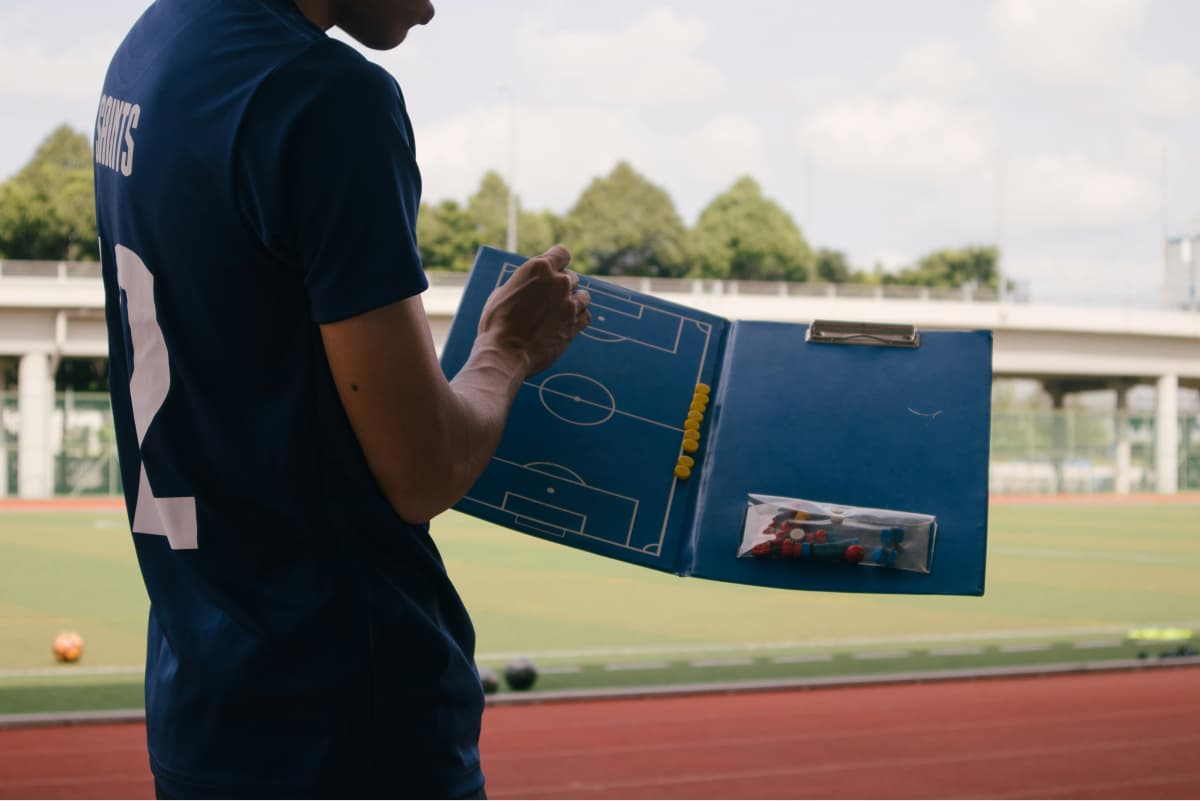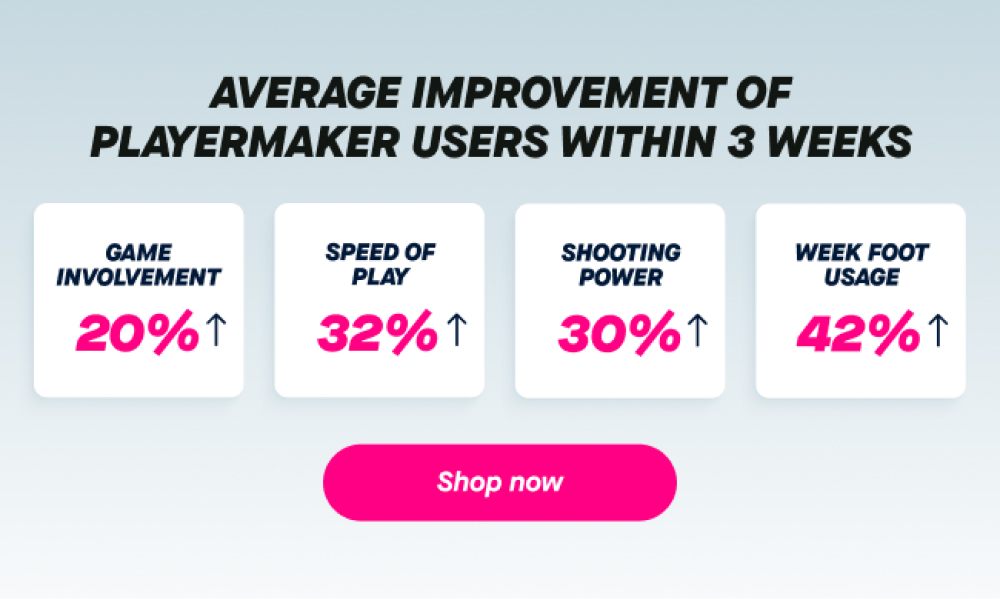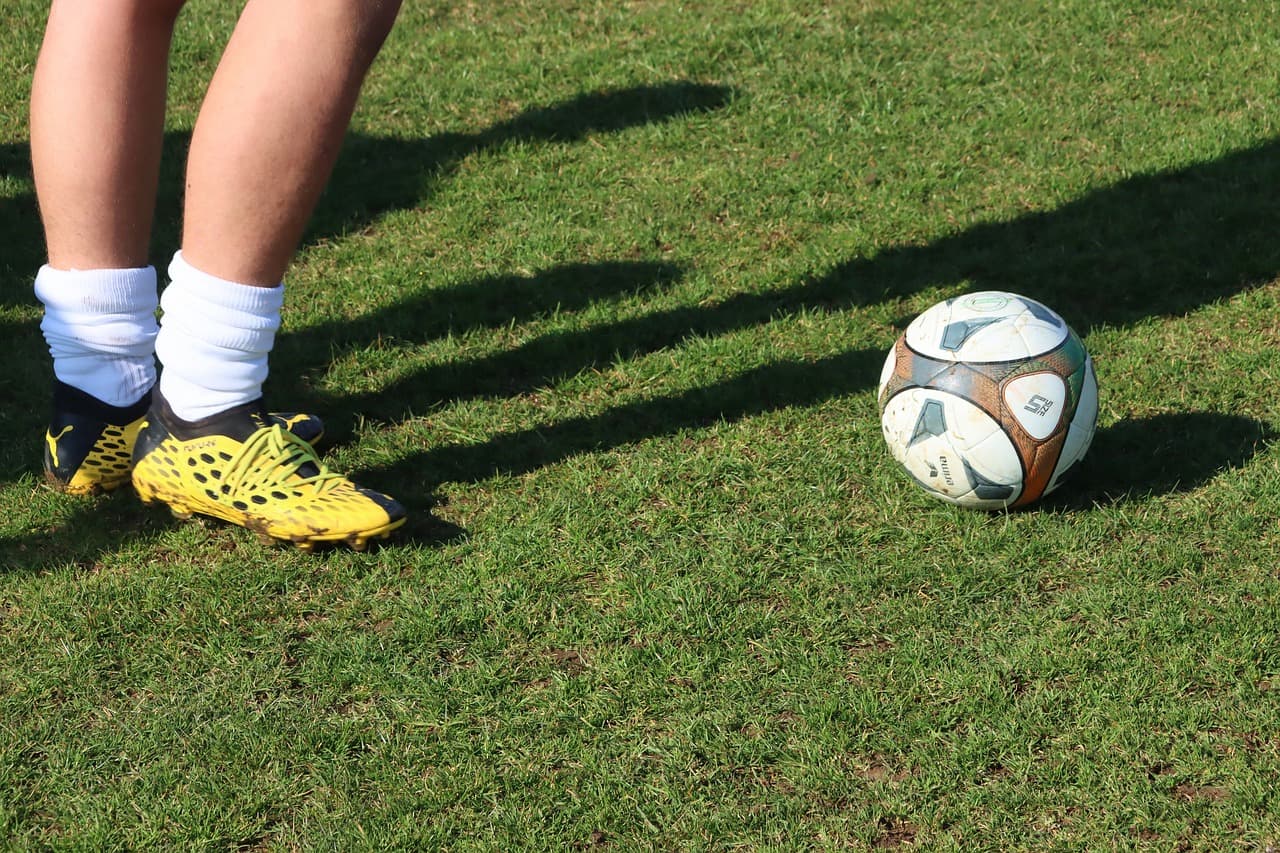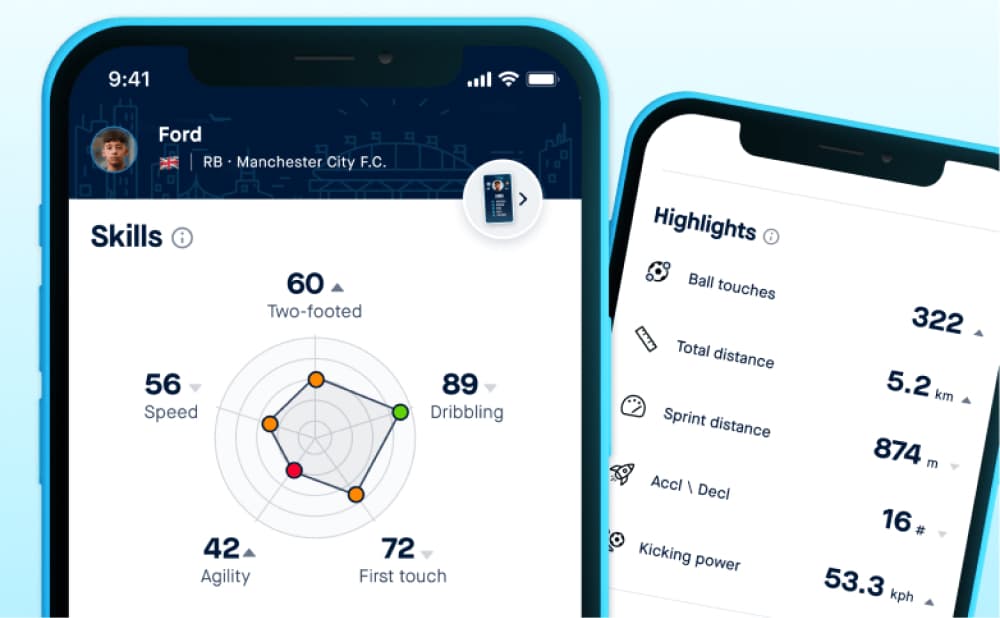Soccer is the most popular team sport in the world, where every position plays a critical role in the match. Likewise, each position requires a special set of skills and mental attributes, which makes some positions more challenging than others.
You can determine the difficulty of a position by many factors: physical demands, tactical awareness, and technical skills. However, if a team fails to perform in any of these positions—it can hurt the outcome of the match.
In this article, we’ll detail the 5 hardest positions to play in soccer and what makes them so demanding:
Top 3 Factors Influencing Position Difficulty
Before jumping into specific positions, you should understand the key factors that influence the difficulty of any position in soccer. These include:
Physical Demands
Each position requires a different level of physical endurance, strength, and agility. Positions that demand constant movement, high-intensity sprints, or physical battles—i.e. strikers—are more challenging positions to play in.
Tactical Awareness
Soccer is a game of strategy, so you must have a high level of tactical awareness to succeed. Understanding the game plan, reading the opponent’s movements, and making quick decisions are crucial for some positions more than others.
Technical Skills
The ability to control, pass, shoot, and dribble the ball with precision is essential for your soccer performance. That said, certain positions demand a higher level of technical skill to perform complex tasks under pressure.
5 Hardest Positions To Play In Soccer
1. Goalkeeper
The goalkeeper position is the hardest position to play in soccer. Modern goalkeepers are expected to play out from the back while initiating attacks with accurate passes.
This requires shot-stopping abilities and excellent ball control and distribution skills.
Goalkeepers must also possess sharp reflexes, a strong presence in the box, and the mental resilience to handle high-pressure situations.
What Makes the Goalkeeper Position So Difficult?
The goalkeeper position is difficult due to the high level of skill and mental resilience required.
Goalkeepers must possess shot-stopping abilities, sharp reflexes, and the ability to play out from the back.
They are under immense pressure as their mistakes can directly lead to goals.
2. Defensive Midfielder
Defensive midfielders—often referred to as the No.6—play a key role in both defense and attack. They are responsible for breaking up opposition plays and providing a shield for the defense.
In the modern game, defensive midfielders play out from the back, which makes them crucial for teams that pass out from defence. As such, this dual responsibility requires exceptional tactical awareness, physical stamina, and technical prowess.
The quality needed at the professional level in this role is what makes it one of the hardest positions to play. Players like Rodri, Joshua Kimmich, and Sergio Busquets show the high standards needed to excel as a defensive midfielder.
Why Is Tactical Awareness Crucial for Defensive Midfielders?
Defensive midfielders need high tactical awareness because they are the link between defense and attack. They must read the game well, anticipate opposition moves, and make quick decisions to break up plays and initiate their team’s attacks.
Their positioning and decision-making are critical to a team’s defensive stability and offensive transitions.
3. Wing Back
The wing-back position is demanding due to its dual role in attack and defense. Modern wingbacks are expected to cover a lot of ground by providing width in attack while also tracking back to defend.
The rise of the inverted wing-back—where players move into central midfield positions during attacks—has also added complexity to this role.
Wing-backs must possess excellent stamina, speed, and crossing ability; they must be tactically astute to understand when to join the attack and when to stay back, making it one of the hardest positions to master.
How Do Wing-Backs Balance Their Dual Roles?
Wing-backs balance their dual roles by maintaining high levels of fitness and tactical understanding; they must know when to push forward to support attacks and when to drop back to defend.
In return, this role requires excellent stamina, speed, and the ability to read the game—making it one of the most physically and mentally demanding positions.
4. Central Attacking Midfielder
The central attacking midfielder—often called the No.10 position—is a creative force in the team. This role requires a high level of technical skill to create goal-scoring opportunities and break down opposition defenses.
In addition to their creative duties, central attacking midfielders contribute defensively by pressing opponents and regaining possession.
The evolution of this role has made it more physically demanding; it requires creativity, vision, stamina, and strength to press and tackle effectively.
What Skills Are Essential for a Central Attacking Midfielder?
Central attacking midfielders require exceptional technical skills: precise passing, dribbling, and shooting. Creativity and vision are also crucial for creating goal-scoring opportunities.
Additionally, modern central attacking midfielders must contribute defensively by pressing opponents and regaining possession. That’s why the position requires good stamina and tactical awareness.
5. Striker
The striker position is highly challenging—especially as play increases from amateur to professional.
Football coaches expect strikers to be the primary goal-scorers, which brings immense pressure to perform consistently. Likewise, they must possess finishing skills, positioning, and the ability to read the game.
The difficulty is amplified by the need to adapt to different defensive strategies and maintain high performance under constant scrutiny.
What Challenges Do Strikers Face?
Strikers face challenges such as maintaining high goal-scoring consistency, adapting to different defensive strategies, and performing under constant pressure.
They need excellent finishing skills, positioning, and the ability to read the game to capitalize on scoring opportunities. Strikers are often the focal point of the attack because they add to the pressure to deliver consistently.
What Position Is Easiest to Play in Soccer?
Although no position in soccer is truly easy, some are considered less demanding than others. The most common position where players go pro from playing is the full-back position.
Full Back Position Overview
Full-backs primarily focus on defending against opposition wingers and supporting their team’s attacking play by providing width.
They often have fewer complex responsibilities compared to other positions. The role of a fullback is to:
- Defend against wingers
- Support attacking plays
- Provide width in attack
3 Reasons why fullback is considered easier
- Less Central Responsibility: Full-backs usually have fewer responsibilities compared to central positions like central midfielders or strikers, which reduces the mental and physical burden.
- Clear Role Definition: The role of a full-back is well-defined, making it easier to master specific tasks without needing to adapt to multiple roles.
- Supportive Position: Full-backs often operate in support of both the defensive and attacking units, making their role less critical compared to central defenders or attacking playmakers.
Master Any Position with Soccer Tracking Technology
To excel in any position, understanding and improving upon the main factors influencing position difficulty is crucial. Playermakers Soccer tracking technology can provide invaluable assistance to help you improve your role.
Playermaker also offers insights into physical metrics like speed, agility, sprint distance, acceleration, distance covered on the ball, and top speed on/off the ball.
All the data will be placed into an app, which can be downloaded from the App Store or Play Store, while they enjoy incredible insights on their phones.
You can use Playermaker to monitor physical demands, tactical awareness, and technical skills. You can receive detailed feedback on their performance, identify areas for improvement, and make data-driven decisions to enhance their game by using advanced tracking and analytics.
Playermaker’s CITYPLAY Smart Soccer Tracker is also the only Fifa-accredited foot-worn tracking device permitted in official play, making it ideal for soccer players of all levels.









